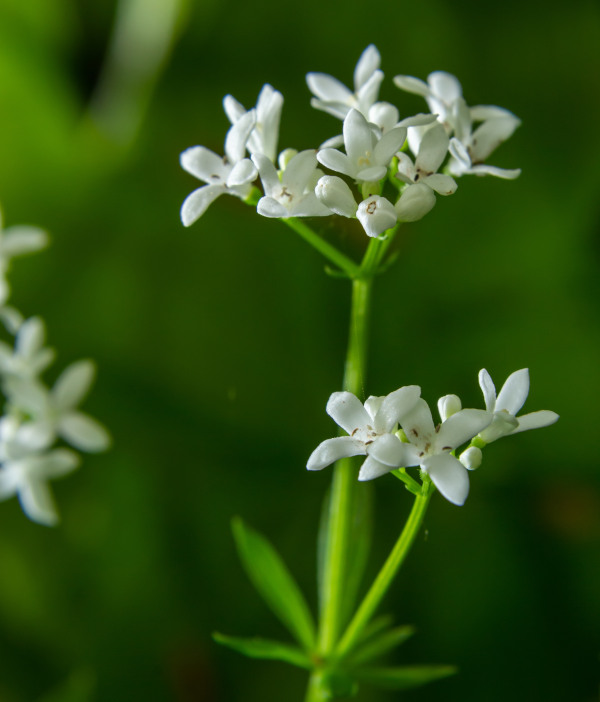How to grow Galium
Found growing in woodland, hedgerows, and meadows throughout the temperate world, there are many species of this low growing, scrambling plant. These can be annual or perennial, and tend to have whorls of small, narrow leaves occurring along brittle stems. The flowers are usually small, frothy, and often highly scented. Many species are invasive, such as our UK native Galium aparine – better known as cleavers or sticky willy. Others are useful garden plants, most notably G. odoratum or sweet woodruff, prized by gardeners as an attractive, shade-tolerant groundcover plant. G. vernum is another well-known species, often referred to as lady’s bedstraw. This native perennial wildflower is popular in meadow mixes, grown for its yellow, bee-friendly, honey-scented flowers.

Zantedeschia is a genus of flowering plants from the family Araceae and is native to southern Africa. With a rich history dating back to the Ancient Romans, these deciduous or semi-evergreen perennials have been used as a symbol of celebration. Zantedeschia was Named after Professor Giovanni Zantedeschia, an Italian botanist.
There are two main forms of Zantedeschia: hardy and tender. Hardy forms of the plant can be grown outdoors, enjoy moist soil and full sun or partially shaded conditions - these are known as Arum lilies. Tender forms of Zantedeschia prefer being grown in containers or pots and should be brought inside over the winter - these are known as Calla lilies.
With tuberous flora in all colours from whites, yellows and oranges to deep reds and purples, Zantedeschias are not to be overlooked in any garden, as long as they have sufficient sunlight to grow in.
Ready to learn more about growing Zantedeschia? Read on for all there is to know...

Key Information
Soil pH
Position
Hardiness

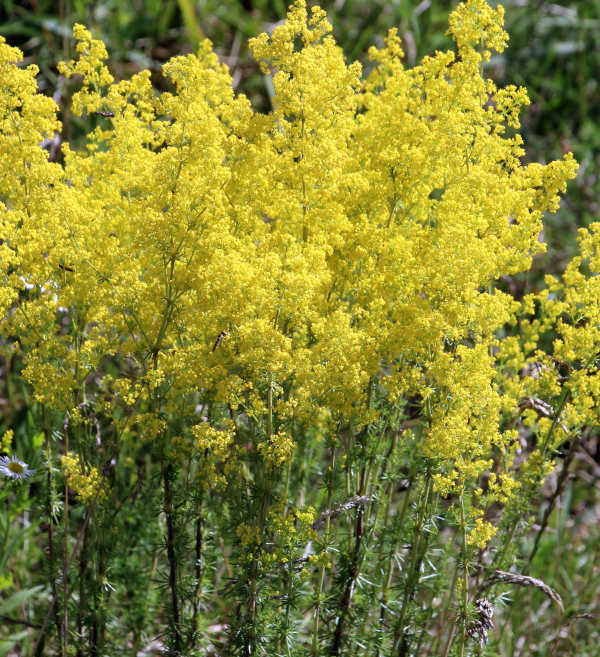
Where & when to plant Galium
For best results, plant in autumn or spring. An autumn planting can be done by those gardening in mild conditions (and broadly speaking, this is the southern half of the UK). For those liable to cold winters, it is best to wait until spring (generally the northern half of the UK). Planting can also be carried out in summer, though be prepared to water regularly.
Suitable spots for your galium vary according to the species. G. odoratum prefers shade and is useful as groundcover beneath trees and shrubs. It is highly tolerant of almost any soil type and can be a good choice for difficult spots where little else will grow. We’ve seen it absolutely thriving in the bone-dry rain shadow of a building.
- verum, on the other hand, loves a sunny spot, and is suitable for a grassy wildflower meadow. It does best in poor, dry soil, so don’t bother trying it in rich border conditions or anywhere too moist.
Given their propensity to sprawl and spread, we don’t tend to recommend galium as container plants.
How to plant Galium
Galium odoratum
- For planting in the garden, dig the soil area removing any large stones and weeds and breaking up any lumps. Mix in some organic matter such as manure or garden compost. If your soil is heavy clay, now is also the time to add a generous helping of horticultural grit. Rake level and firm with your heels. Rake level again.
- Water plants well and allow to drain before planting.
- A good tip is to dig a hole twice the size of the root-ball. Fill with water and allow to drain before placing in the plant.
- Place the plant in the hole, ensuring the top of the root ball sits level with the surface of the soil. Too low and the plant may rot, too high and the roots can dry out.
- Backfill with soil and firm in gently with your foot.
- Soak well with water.
- Mulch around the base with well-rotted organic matter.
Galium verum
- Water plants well and allow to drain before planting.
- For planting into a wildflower meadow, simply remove a plug of grass and soil roughly the same size as the rootball of the young plant.
- Place the plant in the hole.
- Firm in gently with your hands.
- Soak well with water.
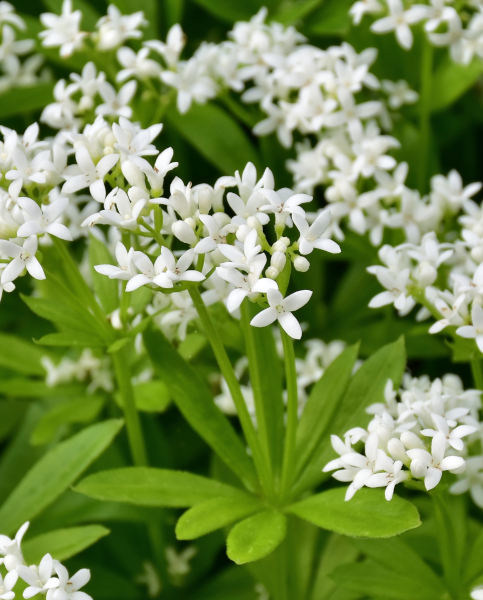
What to plant with Galium
Galium odoratum makes a formidable groundcover duo when paired with vinca. Not only does this ‘power team’ form a near impenetrable, weed-suppressing mat, it twinkles with delicate starry flowers for months on end. Throw in a smattering of violets for extra colour and beauty. Simply stunning.
Galium verum mixes easily with other wildflowers including centaurea, scabiosa, campanula, silene, and achillea. Alternatively, have a look at our Fundamental Wildflowers Collection for more inspiration.

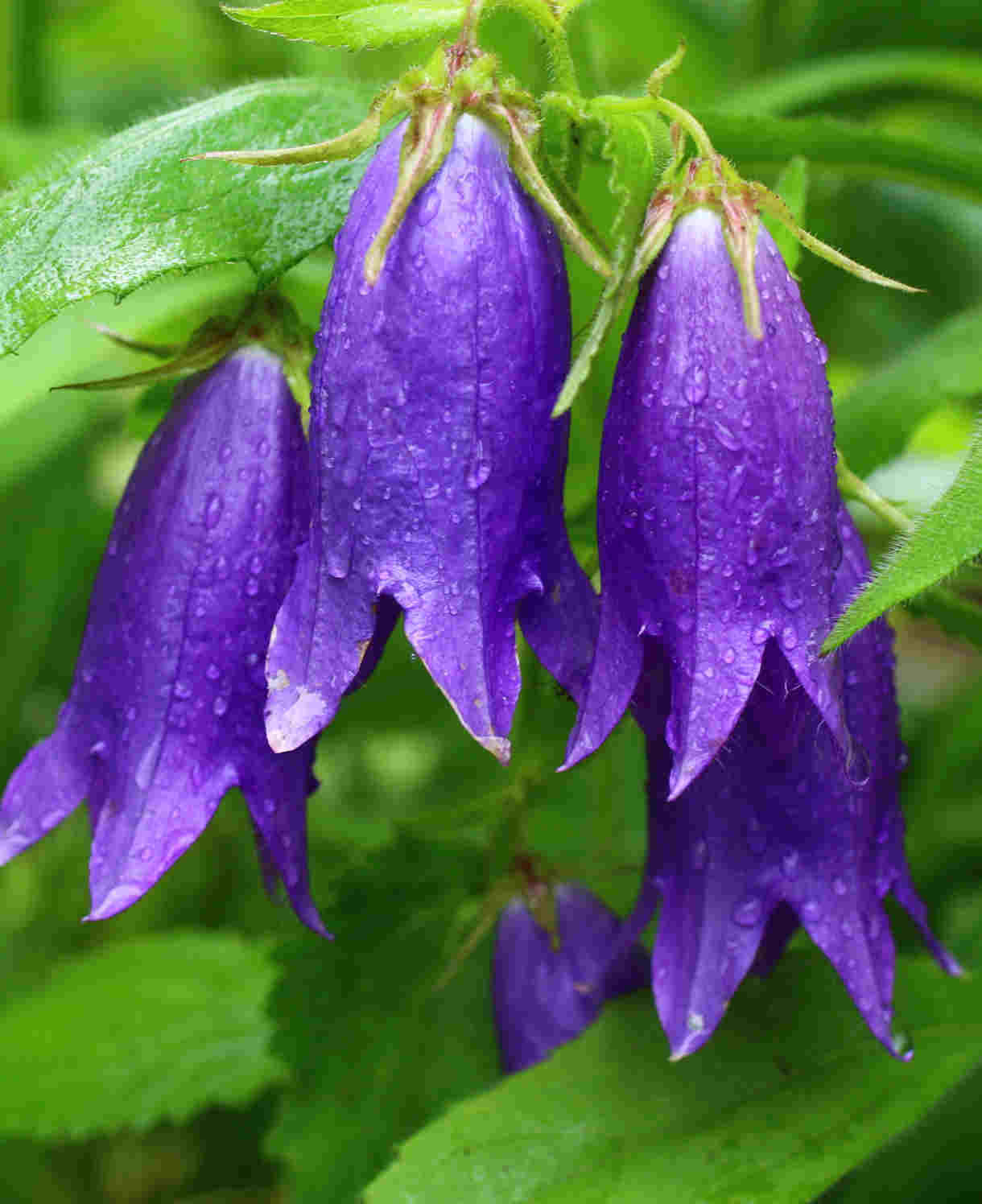
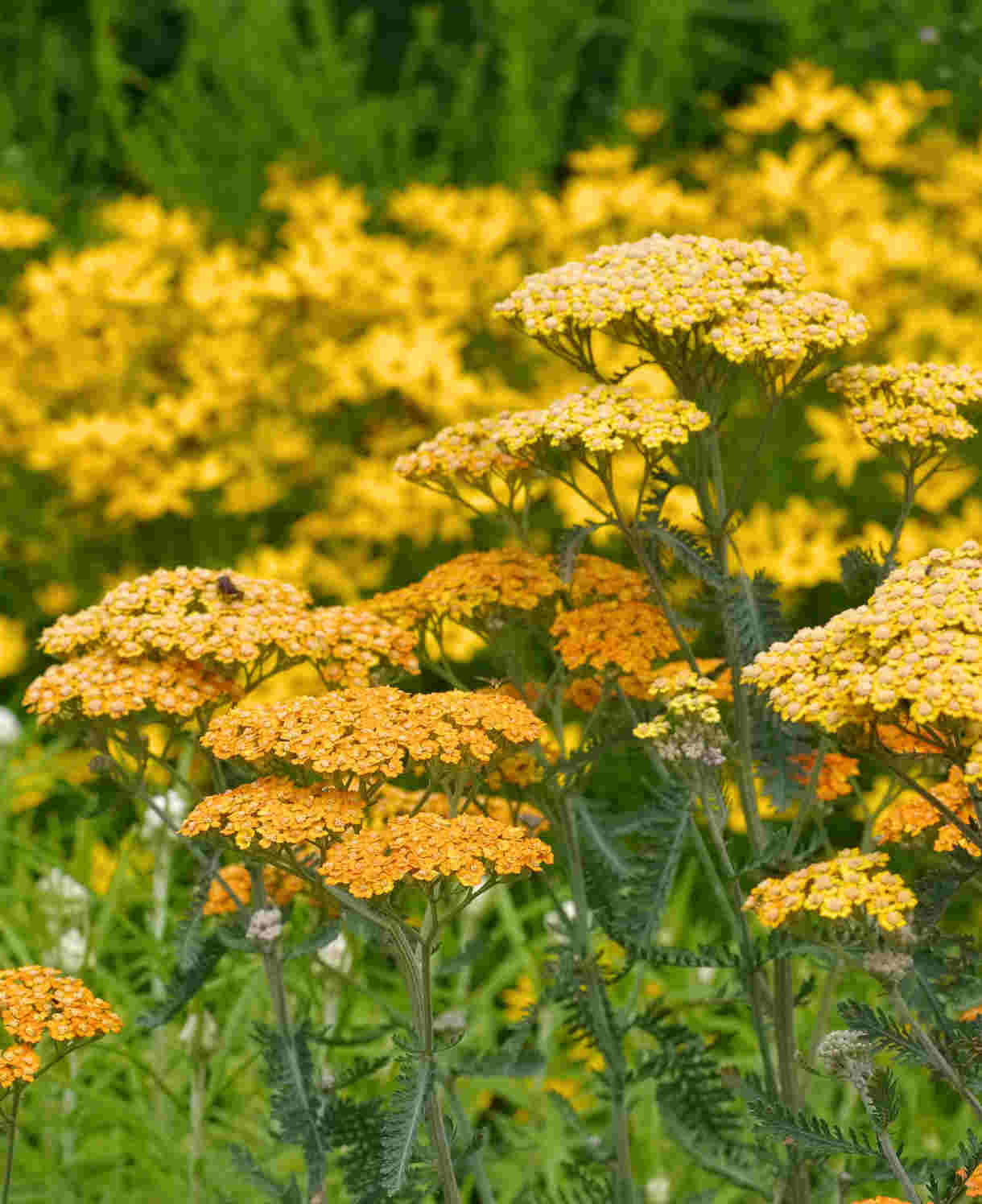
How to care for Galium
Pruning and Deadheading
Galium odoratum
No pruning is necessary, though you can chop it back at any time to contain the overall size and spread if you like. If your plant is looking untidy, a light rake through in spring will help to remove the tattiest growth.
Galium verum
Cut faded flowerheads down to the ground in autumn.
Watering
Keep galium watered in the early weeks of establishing, after which it can be expected to be self-sufficient.
Galium odoratum can be watered in hot, dry conditions if you wish to speed up spreading, though will survive perfectly well without.
Feeding
Galium verum enjoys low-nutrient conditions and requires no feeding or soil improvement.
When it comes to Galium odoratum, on healthy, fertile soil, an annual mulch of well-rotted organic matter (i.e., a layer of manure or garden compost applied to the soil around the plant) should provide sufficient nutrients. This has the added benefit of suppressing weeds and locking in moisture.
On very poor, dry soil, applying an additional general purpose granular feed to the surface of the soil and lightly working in (known as a ‘top dress’) can reap benefits. Aim to do this in spring, and then again in midsummer if needed.
Cold Protection
Galium is as hardy as it gets, and able to withstand a UK winter without the need for additional protection.
Pests and Diseases
Galium tends to be problem-free.
How to propagate Galium
Galium spreads readily via vigorous rhizomes, therefore to increase its presence in an area the best approach is to leave it to its own devices. To propagate for planting elsewhere, we recommend division in autumn or spring. (Galium can also be propagated by seed, however division is so quick and easy this is rarely called for).
- Choose a day when the soil is not frozen or waterlogged.
- Dig a rooted section of the plant out of the ground.
- Shake off any excess soil, and trim back growth if you like.
- Replant where desired.
- Water well until established.
* Many plants carry Plant Breeders Rights and cannot be propagated for commercial purposes.
Common Galium Questions
- How big does sweet woodruff grow?
This groundcover plant reaches a height of around 30cm. Its spread is indefinite, though is easily kept to around 90cm across. - Can sweet woodruff be grown in pots?
odoratum enjoys plenty of room to spread, and therefore grows best in the open ground. You may have some success with it in a container for a year or so, though it is likely to struggle after this. - Is galium invasive?
Many species of this naturally rampant spreader are considered invasive, however those considered to have garden value (namely odoratum and G. verum) are better behaved and easily contained if necessary. - Is sweet woodruff poisonous to dogs?
odoratum has no reported toxic effects. - How do you stop sweet woodruff from spreading?
Using a sharp spade, simply dig up any rooted parts of the plant outside the allotted space. Galium will tolerate being sliced into without any adverse effects on the rest of the plant.
Keeping plants on the dry side (i.e., not watering much during drought conditions) is another way of restricting spread.
